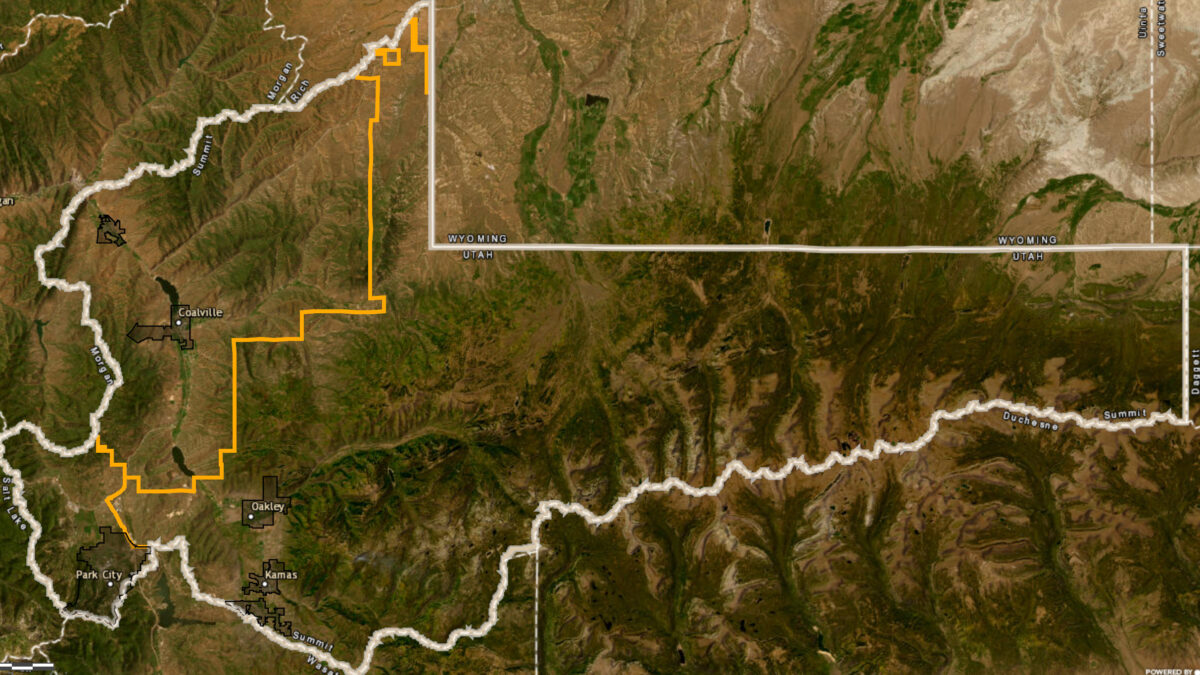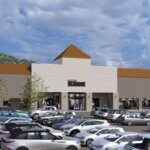Politics
Summit County begins drawing new council districts under state mandate

A map of Summit County showing how the county's three school districts are deliniated. Photo: screenshot via Summit County’s arcGIS site
SUMMIT COUNTY, Utah – The newly formed Summit County Districting Commission began the complicated process this week of dividing the county into five voting districts — a first in county history — following a new state law requiring an end to at-large County Council elections.
The work is part of complying with House Bill 356, passed by the Utah Legislature in March, which mandates that Summit County councilmembers must now represent geographic districts instead of being elected by the county as a whole. The law also established a Districting Commission composed of the mayors of Summit County’s six municipalities — Park City, Coalville, Henefer, Oakley, Kamas, and Francis — plus one from Hideout (included because part of the town overlaps into Summit County), and one representative for unincorporated areas.
That representative is Malena Stevens, a former County Council member, who now chairs the commission. Stevens said the county’s population, per the latest census, should be divided into roughly 8,500 residents per district, with a maximum population deviation of 10% between the largest and smallest districts.
A Population Puzzle
The commission began its work Monday evening by comparing existing boundaries of school districts — Park City, South Summit, and North Summit — as potential foundations for drawing lines. South Summit, with 8,981 residents, is the closest to the target population and was tentatively left intact as its own district.
The North Summit School District, with 6,063 residents, needs to gain about 2,000 people. Commissioners looked at precincts in the adjacent Silver Creek, Wanship, Kimball Canyon, and Bitner Road areas as logical areas to add, based on geography and existing community ties.
The Park City School District — with 27,665 residents — will need to be divided into multiple districts. One proposal would make Park City proper its own district, which Clerk Eve Furse said has a population of about 8,365. That would include a small piece of undeveloped Hideout land to maintain geographic continuity.
“Keeping communities together just makes sense,” said Park City Mayor Nann Worel, noting the value in avoiding gerrymandering. “It would be nice to have our voters speak with one voice.”
The commission also tentatively outlined two other districts:
- One combining Jeremy Ranch and Pinebrook
- Another covering the remainder of the Snyderville Basin
Those concepts will be refined in coming meetings.
Timeline and Next Steps
The commission must submit its proposed map to the County Council by Oct. 1. The Council then has 30 days to hold a public hearing and vote on the proposal. State law requires the Council to approve the map if it meets statutory requirements — but it does not specify whether they can suggest revisions.
Furse said future meetings will include updated population overlays and PDFs to help commissioners — and the public — clearly see proposed district lines. The interactive precinct map is available on the county’s website for those who want to follow along.
“This is a foundational moment for representation in Summit County,” Stevens said. “We want to do it right.”



















